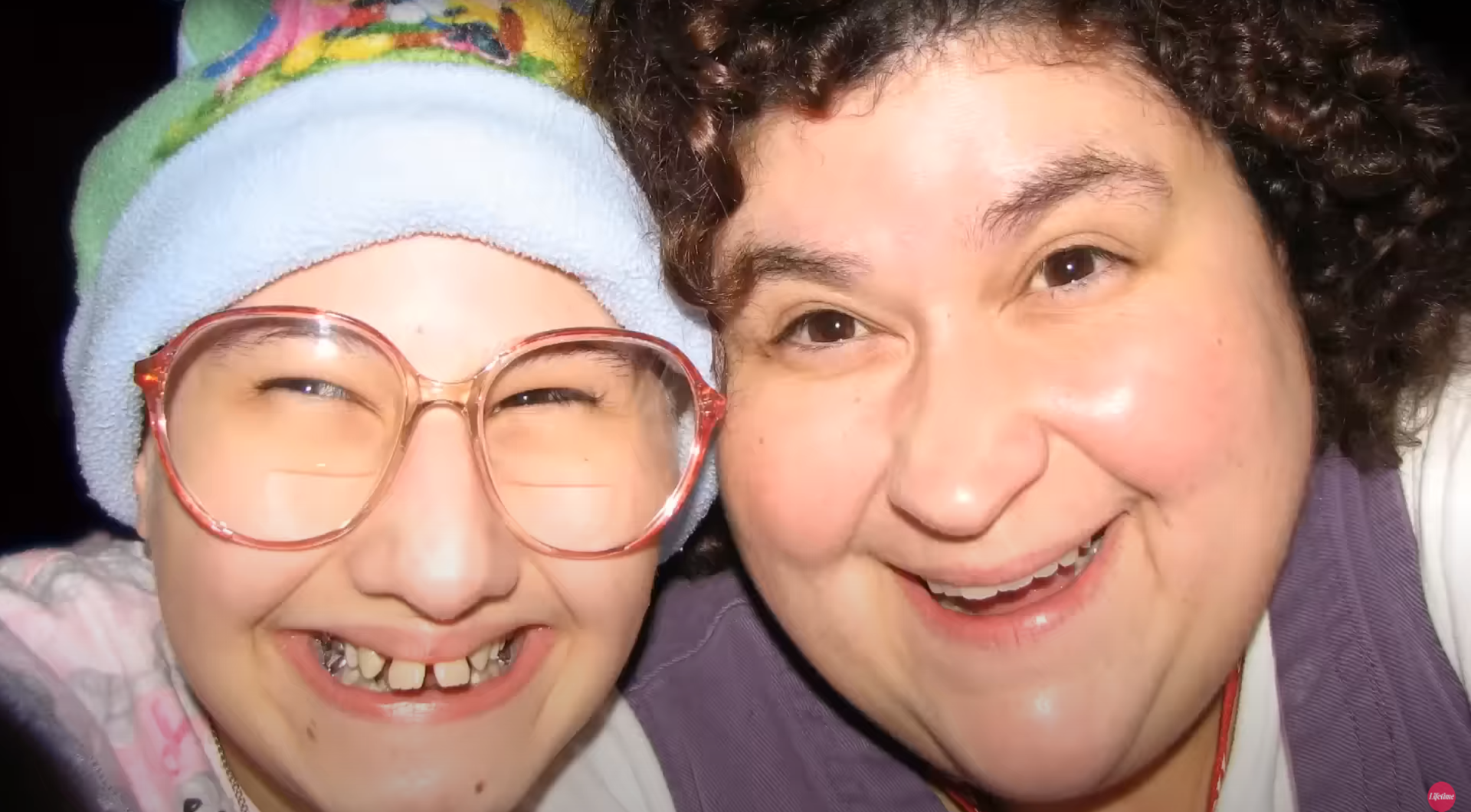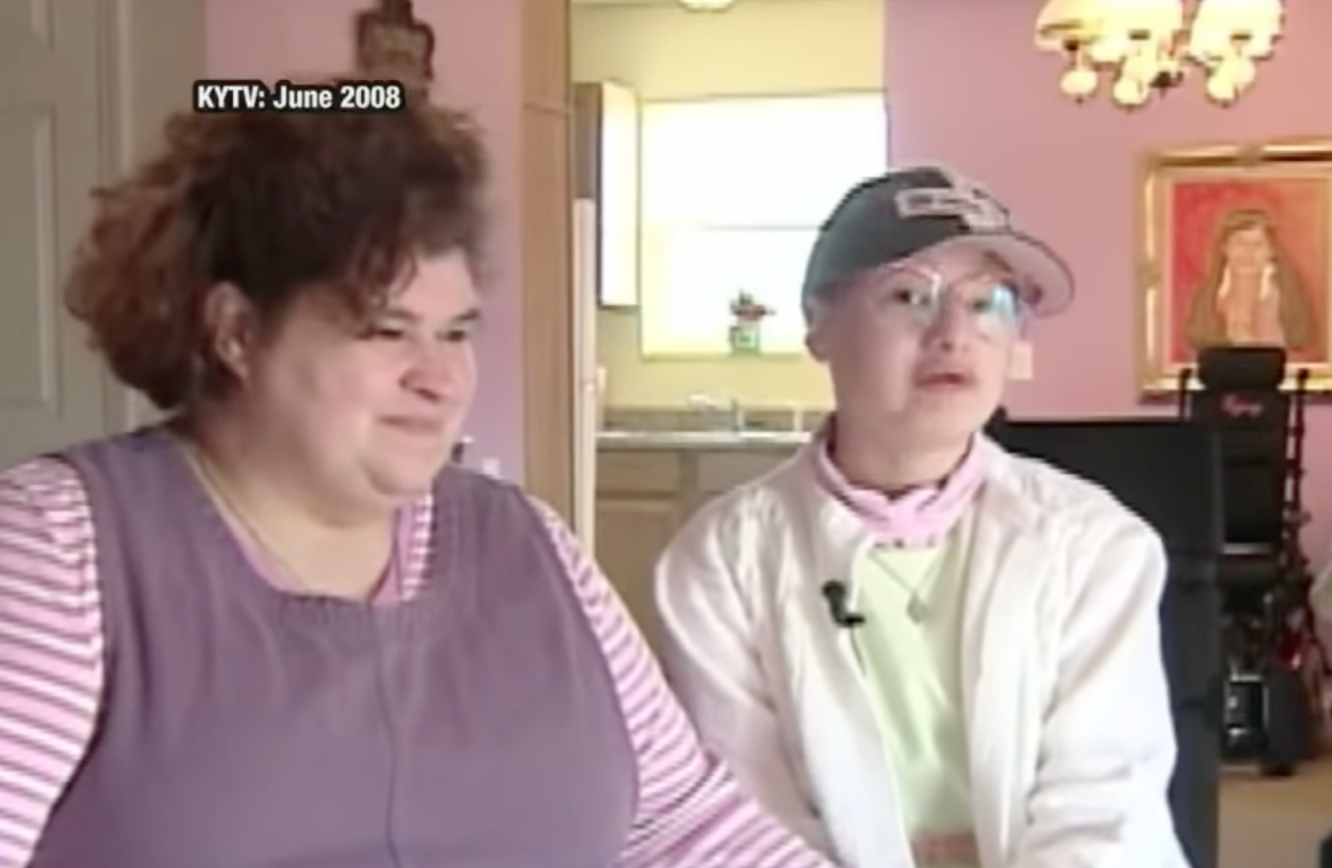It feels like there are always pieces of history hiding just out of sight, doesn't it? We might walk past them daily, perhaps without ever realizing the stories they hold. Sometimes, what we find when we start to look around can be quite surprising, a bit like stumbling upon a forgotten corner that holds a very specific kind of past. This journey into the overlooked parts of our collective memory, in a way, brings us face to face with what could be called a scene of historical interest, a quiet place where threads of the past come together.
There's a curious feeling that comes with discovering something you never knew was there, especially when it touches upon groups of people who have, for a long time, lived on the edges of mainstream awareness. You know, like those moments when you realize a whole community had a presence somewhere, a place that shaped their lives and, in turn, shaped the broader area around them. It’s almost as if these places are waiting to share their tales, if only someone would take the time to listen and really see them.
So, it turns out, some of these hidden spots connect us to a past that many people might not even know about. We’re talking about places where traveling families, often known as "gypsies," left their mark, from quiet resting places to busy gathering spots. These locations, in their own quiet way, offer glimpses into lives lived and communities built, providing a unique perspective on local history that, arguably, deserves a bit more light.
Table of Contents
- The Scene of Gypsy Memorials
- What Does the Gypsy Roses Mom Crime Scene Reveal About Dayton?
- A Midwest Gathering Spot
- How Did the Gypsy Roses Mom Crime Scene Influence Local Fairs?
- Property and Presence
- Were There Real Estate Connections to the Gypsy Roses Mom Crime Scene?
- Shifting Landscapes and Disappearances
- What Became of the Gypsy Roses Mom Crime Scene Communities?
The Scene of Gypsy Memorials
It’s a bit surprising, really, when you go looking for something specific and find that a piece of local history, something quite distinct, hasn't been talked about much. For example, there's a particular spot in Spring Grove, a place of quiet remembrance, where you might expect to find some record or mention of the memorials for certain traveling groups. Yet, a casual search might show very little on this topic, which is rather interesting considering the presence.
Tucked away in a quieter part of that large resting place, near the very back corner, you can actually discover quite a few family plots belonging to different clans of these groups. It’s a very real physical presence, a collection of markers and stones that tell a story of families who once lived in the area and chose this as their final resting spot. This quiet corner, in a way, stands as a silent witness to their lives.
This particular area, with its unique memorials, represents a part of Dayton’s past that is, for some people, actually quite well known. Those who spend their time looking into the old stories and local happenings, you know, the history buffs, they often have some familiarity with these sites. It’s a piece of the city’s story that, while perhaps not widely advertised, holds a special significance for those who dig a little deeper into the community’s roots.
What Does the Gypsy Roses Mom Crime Scene Reveal About Dayton?
So, what can we gather from these specific locations, like the quiet spots that might be considered a historical gypsy roses mom crime scene, about the broader history of Dayton? Well, it appears that the Dayton area, generally speaking, served as a kind of meeting place for these traveling groups. It was, seemingly, a point where different clans would gather, perhaps for trade, family events, or simply to connect with one another as they moved through the region. This suggests a significant and consistent presence over time.
The notion that Dayton was a central gathering spot is quite telling. It hints at a time when these groups were not just passing through, but were, in some respects, integrated into the local landscape, even if their lives were often separate from the settled population. The very existence of these gathering points speaks volumes about their routes and their social structures, offering a glimpse into how they organized their lives and movements.
And here’s a rather interesting detail: it seems that at least one or two of these clans actually held deeds to property in the area. This isn't just about passing through; it’s about having a fixed point, a place they could call their own, even if for a time. This ownership of land changes the picture a bit, suggesting a deeper connection to the community than just being visitors. It adds another layer to what we might learn from looking at the gypsy roses mom crime scene locations.
A Midwest Gathering Spot
Moving beyond the memorials, there’s another significant historical marker of these groups in the Midwest: a long-standing event that draws many people. We're talking about the Gypsy Caravan, a truly large gathering that happens every year on Memorial Day. This event, which has been going on for well over three decades, is quite a sight to behold, bringing together a vast array of goods and people.
This particular gathering is known as the Midwest’s biggest event of its kind, lasting a full day and offering a wide selection of items. You can find all sorts of things there, from flea market finds to valuable old pieces, and even handmade crafts. It’s a vibrant place where different cultures and interests meet, showcasing a long tradition of commerce and community for many people, some of whom have been attending for years.
And where does this big event take place? It’s held on the grounds of a university, which is pretty neat. This choice of location, a place of learning and public access, adds another layer to its character, making it accessible to a wide audience and perhaps even lending it a certain sense of legitimacy and permanence within the local calendar of events. It's truly a long-standing tradition.
How Did the Gypsy Roses Mom Crime Scene Influence Local Fairs?
Considering the historical presence of these groups, particularly at places like the Gypsy Caravan, one might wonder how the broader historical gypsy roses mom crime scene, or rather, the general presence of these communities, might have shaped local gatherings and fairs. The longevity of the Gypsy Caravan event, for instance, suggests a deep-rooted connection to the region's traditions of trade and public assembly. It’s a very clear example of how a specific cultural presence can, in fact, create lasting events.
The scale of this fair, being the largest of its kind in the Midwest, speaks to a significant demand and a well-established network. This isn't something that just pops up overnight; it’s the result of years, even generations, of participation and organization. It hints at a historical framework where such large-scale trading events were a natural part of life for many people, perhaps even before they became widely recognized public fairs.
The types of goods exchanged at these events—antiques, crafts, and flea market items—also tell a story. They reflect a culture of valuing old things, creating new ones by hand, and finding worth in everyday objects. This focus on practical goods and unique creations could be seen as a reflection of the resourcefulness often associated with traveling communities, a sort of echo of their historical needs and skills


